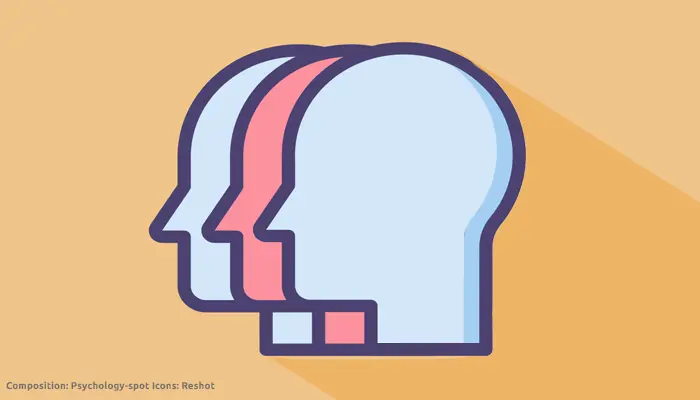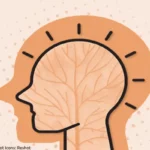
Perhaps the most mystified personality disorder is that of multiple personality, double personality or dissociative identity disorder, as it is really mentioned in the DSM-IV, diagnostic manual of mental disorders. The films and literature that refers to this disorder are varied, perhaps the most classic are: The strange case of Dr. Jekill and Mr. Hyde and The Three Faces of Eve. But … what is true in this disorder? Unfortunately, there is a lot of truth in these representations.
The essential characteristic of dissociative identity disorder is the coexistence of two or more identities in the same person that exert control over behavior. Each state of personality has its own characteristics and are relatively independent of other personalities, there is a perception, a pattern of interaction and a conception of the environment and of themselves that are relatively different and structured.
As a result of these various states of personality, the person has a marked inability to remember important personal events. Each personality lives a personal history and they even tend to have different names, although there is usually a primary identity that bears the person’s birth name and is passive, dependent, depressive and experiences strong feelings of guilt since different identities normally conflict with each other assuming critical roles regarding the behaviors that each one displays. In some cases identities can be diverse in terms of age, the vocabulary with which they are expressed, general knowledge and even gender.
This disorder reflects a failure in the integration of the different aspects of identity, memory and consciousness. It is usually more common in women than in men, and although attempts have been made to relate to childhood sexual abuse, due to the complex characteristics of the disorder, the results of psychological interviews and patient memories are not highly reliable.
Recent research relates this disorder to the dwarfing of regions such as the amygdala (31.6% times smaller) and the hippocampus (19.2% times smaller). Regions related to emotional processing of stimuli, control of responses and recognition of facts.
These deficiencies at the brain level also contribute to the disorder taking a chronic course. The first symptoms appear around the age of six or seven, but then the episodes become more and more continuous. From the age of 40 they can be minimized although a stressful situation is enough for these identities to re-emerge.
Of course, this disorder causes significant discomfort in the victims causing a significant deterioration in their interpersonal relationships and in the work or school areas.
Sometimes identities that are not acting can come to consciousness in the form of voices inside the head that give orders.
The transition from one identity to another is extremely fast, it takes a few seconds, but sometimes the change occurs gradually and almost always as a consequence of a stressful situation that the primary identity cannot handle.
Although cases have been registered that present up to 100 identities, the most common is that they are less than ten.
Source:
Vermetten, E.; Schmahl, C.; Lindner, S.; Loewenstein, R. J. & Bremner, J. D. (2006) Hippocampal and Amygdalar Volumes in Dissociative Identity Disorder. American Journal of Psychiatry, 163:630-636.



